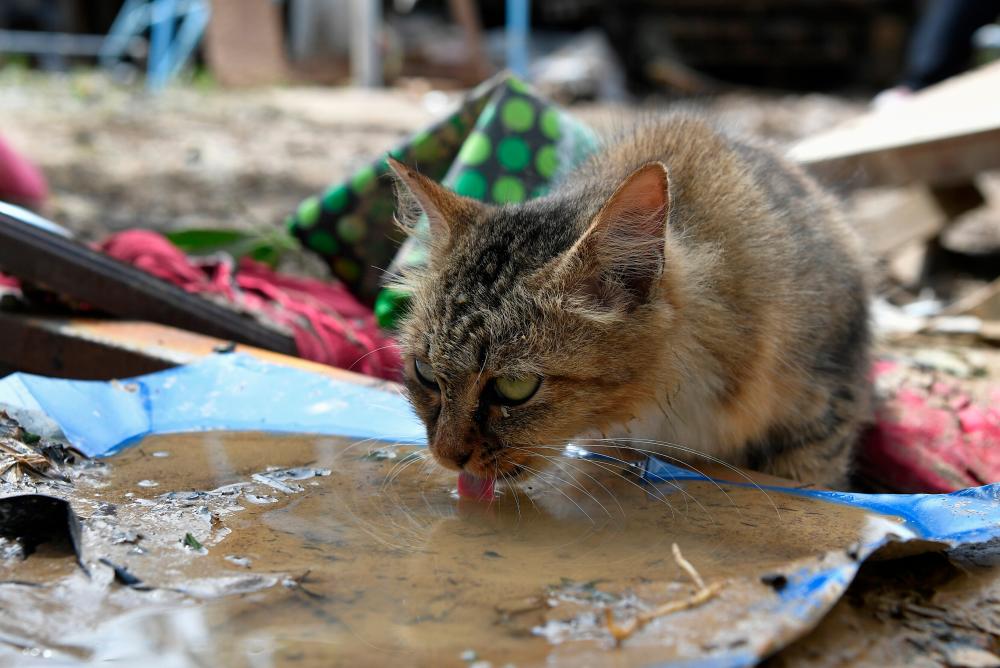Animal cruelty is an intricate and somber issue that plagues our society, often hiding in the shadows, unrecognized and unpunished. One of the most disturbing manifestations of this cruelty can be seen in the act of kicking a cat or dog. This seemingly simple act holds enormous implications and raises profound questions about societal values, ethics, and the responsibilities of pet ownership.
To discern whether kicking a cat or dog constitutes a clear case of animal cruelty, it is vital to understand the nuances and definitions associated with animal welfare legislation. In many jurisdictions, definitions of animal cruelty encompass a broad spectrum of abusive behaviors. Legislative frameworks often specify acts of intentional harm, neglect, or mistreatment, underscoring the moral and ethical imperative to protect animals from unnecessary suffering.
Firstly, let us consider the physical ramifications of kicking an animal. The act itself inflicts immediate pain and injury, which can vary in severity. An animal’s body is not designed to endure such forceful contact. Dogs and cats, despite their varying sizes and breeds, possess sensitive anatomy, and a kick can result in bruising, fractures, or internal injuries. These outcomes are not merely physical; they can cause psychological trauma as well. Fear and anxiety may become ingrained in the animal, leading to long-lasting behavioral issues. This spectrum of pain and psychological impact propels the act of kicking into the realm of cruelty, as it is unequivocally harmful.
Moreover, the motivations behind kicking an animal warrant contemplation. Often, this violent act stems from frustration, anger, or a misguided attempt at discipline. However, it is critical to recognize that inflicting pain is never an acceptable form of discipline. Rather than addressing behavioral issues constructively, kicking perpetuates a cycle of fear and hostility. This not only fails to resolve the underlying problem but can also exacerbate it, leading to further behavioral challenges. Consequently, the justification of “discipline” transforms into an unwarranted act of aggression, reinforcing that kicking an animal is inherently cruel.
Animal cruelty statutes vary widely. In some locations, the legal definitions may not explicitly categorize kicking an animal as cruelty unless it leads to severe injuries. This inconsistency can create scenarios where perpetrators escape accountability for their actions. Legal repercussions often hinge on the interpretation of “intent” and the severity of harm. However, the absence of physical injury does not negate the emotional distress experienced by the animal. Legal systems must evolve to recognize that intent to cause harm, regardless of injury severity, is an essential aspect of animal welfare.
Furthermore, societal norms define cruelty in multiple contexts. In contemporary culture, the advocacy against animal brutality has gained momentum, propelled by social media and public awareness campaigns highlighting the plight of abused animals. The visual impact of videos depicting animal abuse has stirred public outrage, forcing society to confront these difficult realities. As we galvanize our collective consciousness towards the plight of vulnerable creatures, definitions of cruelty become more expansive. Therein lies the importance of public sentiment in reshaping perceptions and addressing the societal roots of animal abuse.
Education plays a pivotal role in the prevention of cruelty. Many pet owners lack adequate training and knowledge about effective animal care and behavior management. Organizations dedicated to animal welfare actively promote awareness and training for pet owners, aiming to eradicate violent reactions to misbehavior. By equipping individuals with the tools to understand their pets’ needs and behaviors, the likelihood of abusive actions can be significantly reduced. Kicking an animal can often stem from misunderstanding—an emotional reaction rather than a rational response. Education programs aim to bridge this knowledge gap, fostering a genuinely compassionate approach to pet ownership.
Community involvement is equally vital in combatting animal cruelty. Grassroots movements and local organizations are instrumental in promoting awareness and advocating for stricter regulations. Community-driven initiatives can create an atmosphere of vigilance, encouraging individuals to report abuse and engage in prevention efforts. This collective approach builds a culture of respect and compassion toward animals, further underscoring the unacceptable nature of kicking cats and dogs.
Ultimately, the question of whether kicking a cat or dog is a clear case of animal cruelty becomes abundantly clear when one considers both the physical and psychological ramifications. The act is indisputably harmful and reflective of deeper societal issues regarding empathy, education, and responsibility. Moving forward, it is imperative for society to take a stand against all forms of animal abuse. By fostering awareness, advocating for legislative change, and promoting education, we can pave the way for a future where every cat and dog is treated with the dignity and respect they inherently deserve.
In conclusion, the fight against animal cruelty is ongoing. The question surrounding the act of kicking an animal serves as a touchstone for broader discussions on ethics and responsibility in pet ownership. It challenges us to reflect on our actions and underscores the critical need for compassion and understanding in our interactions with all living beings. A society that recognizes and combats cruelty is one that ultimately reflects its true values.









